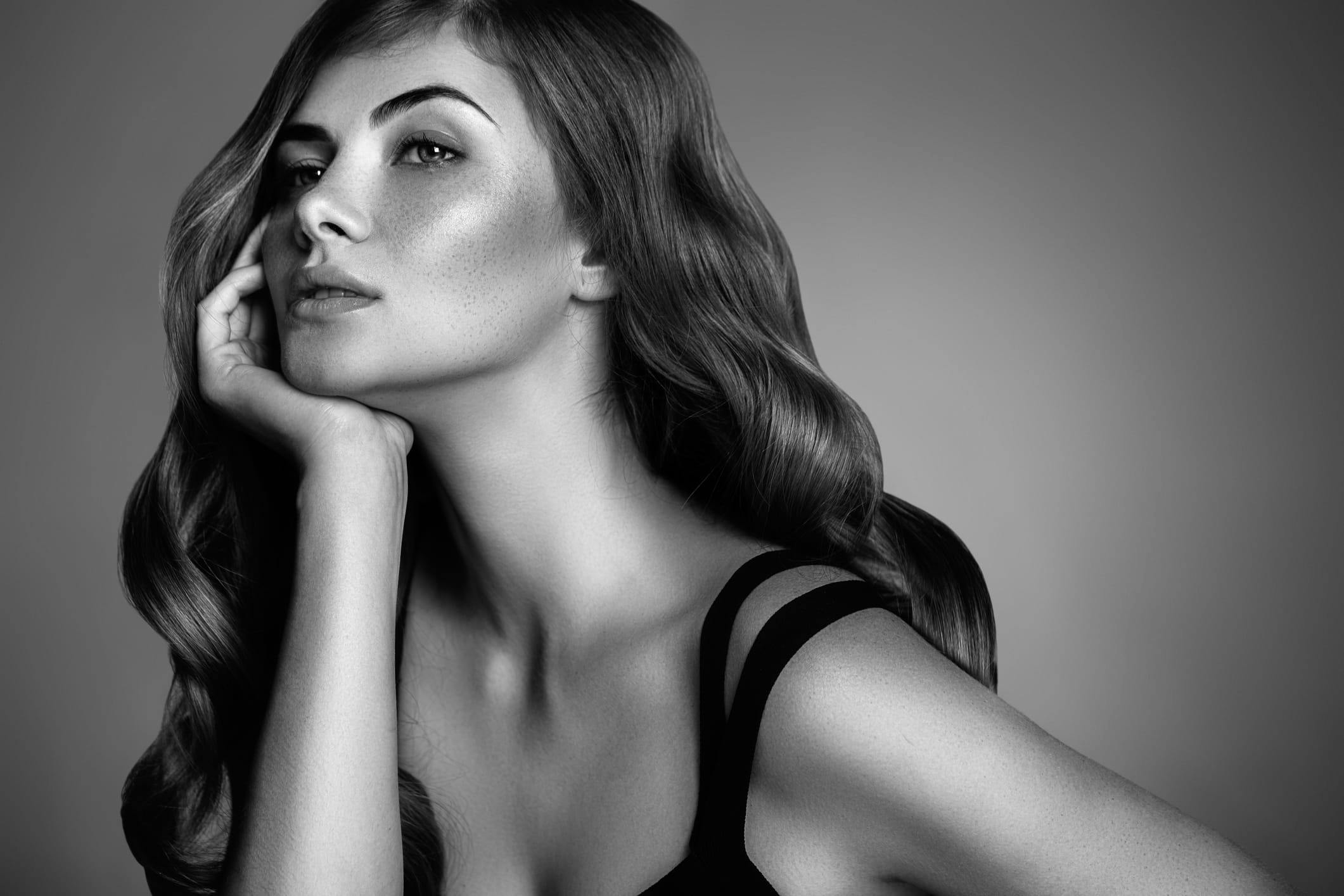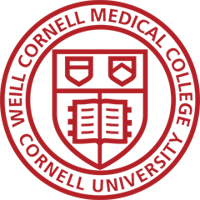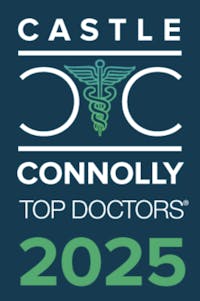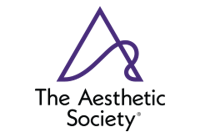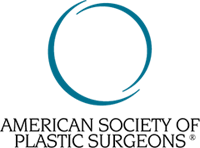Signs of aging are a difficult part of life that we all have to deal with at some point. Over time, these changes in our facial appearance can impact our self-confidence, making us less willing to branch out socially. Blepharoplasty is designed to address hooded eyes, giving patients the ability to rejuvenate their eye region and feel several years younger.
When people look at our faces, they tend to focus on our eyes. Over time, our eye region can become affected by factors such as the sun, harsh weather, and the natural aging process. The upper eyelids may develop excess skin, giving them a ‘hooded’ look which may obscure vision, making it difficult and even dangerous for the patient to carry out everyday tasks.
Blepharoplasty, otherwise known as eyelid surgery or surgery for hooded eyes, is designed to revitalize the outer eye region, restoring radiance and vitality to the eyes by removing excess tissue from the area.
What is Blepharoplasty?
Blepharoplasty is a cosmetic procedure that can address hooded eyes by extracting redundant skin from the upper eye region. This treatment is incredibly customizable, meaning that it can be tailored to meet the needs of all patients. While hooded eyelid surgery is often for removing excess skin from the area, it can also tighten the levator muscles (the muscles responsible for lifting the eyelids). This gives patients overall better eye function.
What Are the Benefits of Eyelid Surgery?
Surgery for hooded eyelids is an option for patients of all genders. Some of its most noteworthy benefits include:
- Reduction of ‘hooding’ in the upper eyelids
- Remarkable results with minimal scarring
- A major boost in self-confidence
- An improved range of vision (when applicable)
- Reduction in fine lines and wrinkles in the eye region
- Long-lasting results
- Preserve the natural beauty of the patient while reversing signs of aging
Who is an ideal candidate for blepharoplasty?
Blepharoplasty is a popular treatment among patients of all genders who are struggling with hooded eyes or signs of aging (fine lines and dark circles) in the eye region.
Some criteria that determine candidacy for the treatment include:
Having excess skin or fat on the upper eyelids
Patients who are struggling with sagging or drooping skin on the upper eyelids or excess fat deposits may be considered good candidates for the procedure.
Having impaired vision
Excess skin and fat on the upper eyelids can obscure vision. Patients with this condition are ideal candidates for the procedure.
Being in good general health
Ideal candidates for hooded eyelid surgery will be in good overall health and not have any pre-existing conditions that could lead to complications during the treatment.
Being a non-smoker
Being a smoker increases the risk of complications during and after the surgery. Patients who are smokers will be asked to temporarily quit before the procedure to ensure a smooth process with positive results.
What does the procedure entail?
Upper blepharoplasty usually takes anywhere from 1 to 2 hours to complete. These are the general steps of the treatment:
Anesthesia
Before starting the procedure, the practitioner will give the patient general anesthesia to ensure that they are comfortable throughout the entirety of the treatment.
Incisions
Incisions are made in the natural crease of the patient’s upper eyelids, allowing for the removal of excess skin and fat
Skin and fat are extracted
Excess skin and fat are removed from the area to sculpt it into a more youthful look.
Closure
Once all modifications have been made, the incisions are closed with sutures, which are removed a few days after the procedure.
What is the recovery process like from Blepharoplasty?
Hooded eyelid surgery is performed on an outpatient basis, meaning that patients can go home the same day of the procedure after a short rest. The procedure is carried out under general anesthesia, meaning that patients will need help doing their everyday tasks for the first few days. Patients should prioritize rest and relaxation during the first week of recovery. During this time, it is vital that patients keep their heads elevated and avoid activities that are bad for their eyes, such as watching too much television.
Side effects such as swelling and bruising around the eye region are totally normal after undergoing a blepharoplasty treatment. Patients may find that their vision is temporarily obscured by these effects, but they can rest assured that they will dissipate as the swelling goes down. In some cases, patients may notice some itchiness or dryness, which can both be alleviated with the regular application of eye drops.
Most blepharoplasty patients can get back to their normal routines after just 7 to 10 days of downtime. That said, all forms of strenuous activity (especially exercise) should be avoided for a minimum of two weeks.
Why choose Dr. Anthony?
Dr. James Anthony is a highly revered, board-certified plastic surgeon who performs innovative procedures on his clients in the greater San Francisco area. With more than two decades of experience in his craft, Dr. Anthony has a deep understanding of his procedures, enabling him to achieve long-lasting results with as little downtime as possible.
His artistic eye and keen attention to detail enable him to achieve remarkable results for his patients while preserving their unique features. Over the years, Dr. Anthony has been recognized by multiple prestigious bodies for his work and has even been listed as one of the “Best Doctors in the San Francisco Bay Area” by San Francisco magazine.
Reach out to us today to set up a private consultation and learn more about surgery for hooded eyelids.

